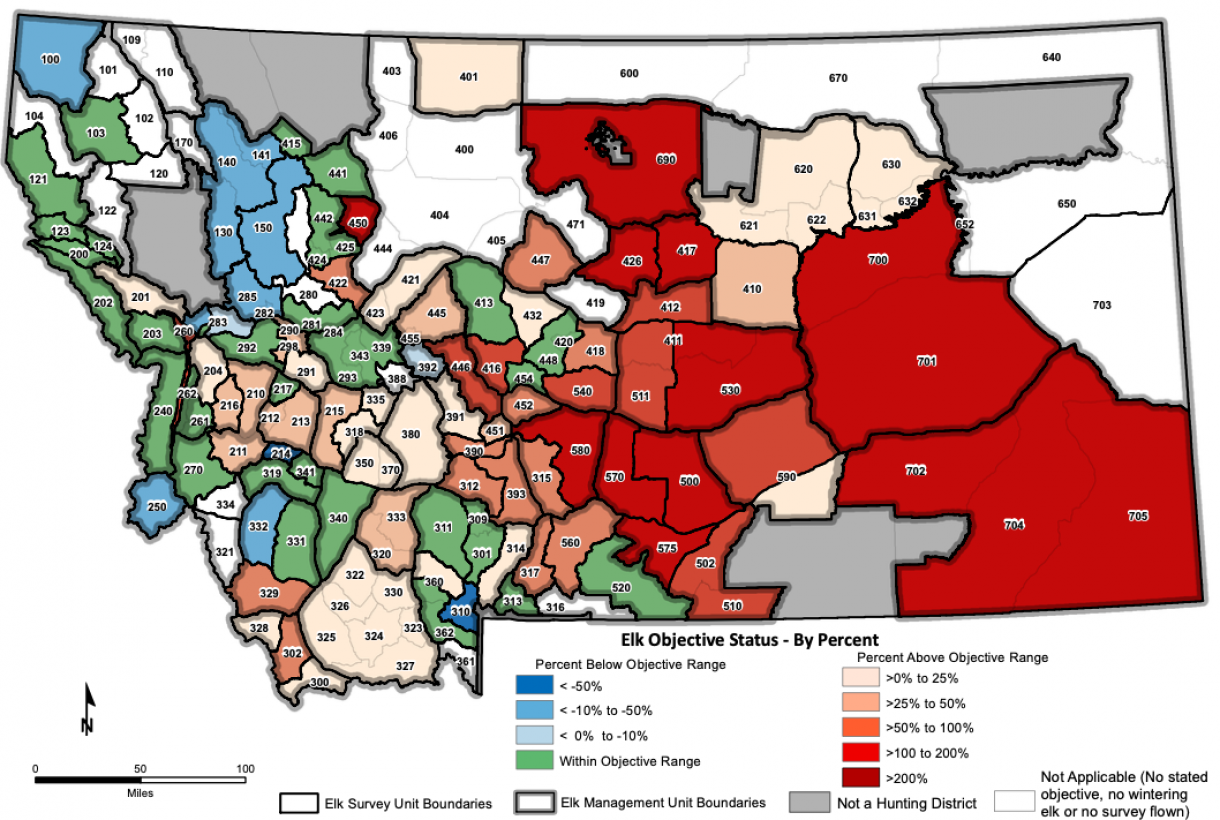Why we’re suing to fix elk management
In a few areas of the state elk populations have been allowed to grow to crisis proportions. For example, in hunting district 417 in Fergus County, the elk population is estimated at 4,300 animals—that’s eleven and a half times more than the sustainable population objective set by state wildlife biologists.
Excessive elk populations have caused an untenable hardship for the ranchers who provide habitat. This is an area suffering from extreme drought, grasshoppers, and wildfire in recent years. Many cattle producers last year reduced their mother cow herds by 25 percent or more. BLM has notified ranchers in this area of a 30 percent reduction in AUMs for this year due to a shortage of grass.
These difficulties are compounded by elk populations grown wildly beyond what is considered...
